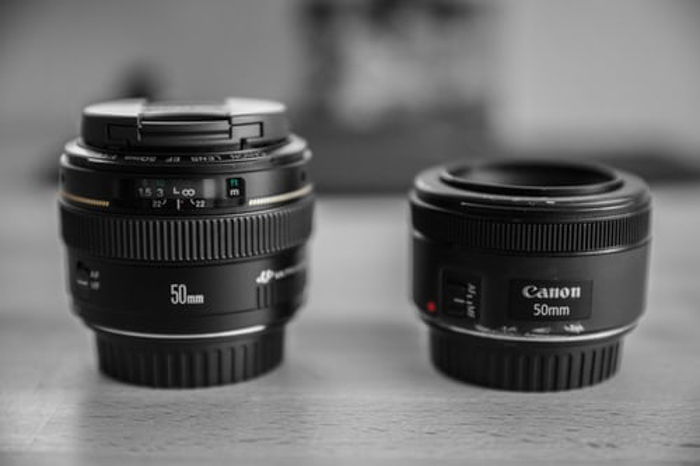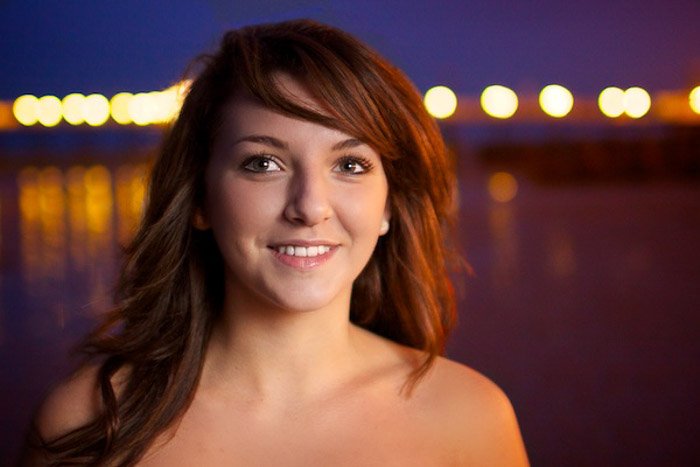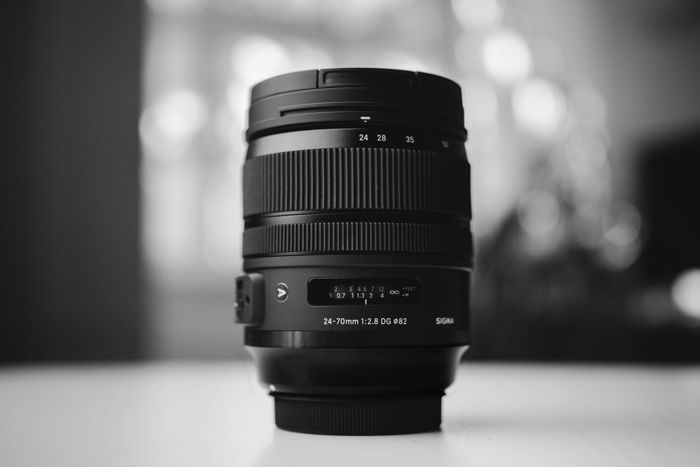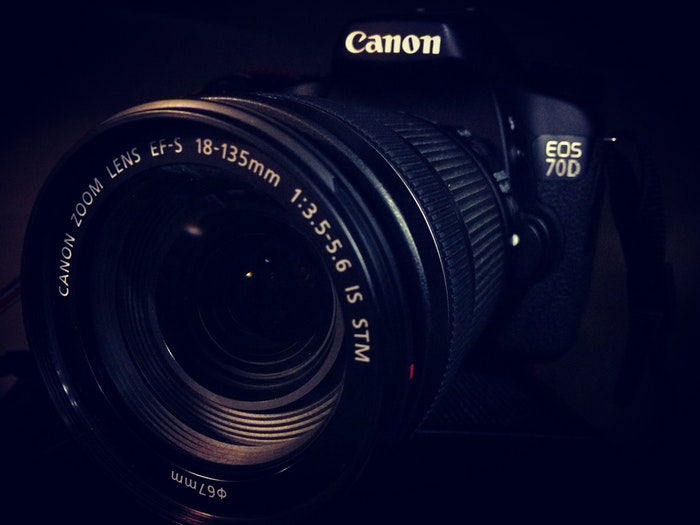Prime vs Zoom Lens – Which One Do You Need?
What are the differences between a prime lens and a zoom lens?
Prime lenses have a fixed focal length, meaning that you can’t zoom it at all. This, but they
do have distinct advantages, which we’ll explain later.
Zoom lenses allow you to change how close you want to get to a subject while keeping
your physical distance. But this feature comes at a price though: quality and aperture.
So, which is best… prime vs zoom? This post should clear up any misconceptions you
have about either and help you to find the right option for you.

Prime Lenses
So what is a prime lens exactly? Do prime lenses zoom? As I stated above,
prime lenses have
a constant focal length. In other words, they don’t zoom. And like any other
piece of equipment, it has its advantages and disadvantages.

One issue with using primes is that you may not be able to get the photo framed as
you’d like it.
But at the same time, they make you experiment more. They force you to think of
a different way around taking a photo, one you may have missed otherwise.
There are two distinct reasons why people buy prime lenses, though: quality and
aperture.
Quality
The quality of the prime lens is often vastly superior to that of a zoom as it doesn’t
have as many moving parts.
Furthermore, primes also have fewer optical elements inside. That means there
are lesser
chances of abnormalities to occur. And as a result, it is better at producing sharper images.
There used to be a considerable difference between prime and zoom lenses because the
technology wasn’t as good.
But now you can get zoom lenses that are just as good as some primes. But they come
at a price.
I paid almost the same amount of money on my 24-70mm f/2.8 as on my 35mm
f/1.4. The quality of this versatile zoom lens is excellent but still isn’t quite as good
as the f/1.4 prime.
Even when you’re investing a lot of money into a zoom lens, you’re still making
a compromise.
You can see how sharp the image is below – it’s hard to believe that I shot this
at f/1.4, the widest aperture I have.

In contrast, zoom lenses would have a bit more trouble producing an image as
sharp as the one above.
Aperture
Primes have a lot less moving parts, so they’re not constricted by the zooming
action. Therefore, they often have wider apertures than zoom lenses.
The main advantage of having a wide aperture is that you can take photos in
low light. The wider aperture allows more light into the camera.
The wide opening makes it ideal for shooting indoors: in a bar, a club, or in a
dimly lit room – somewhere where you don’t want to push your ISO.
The prime option that I mentioned above allows four times as much light into
the lens than the zoom. An aperture of f/1.4 is four times larger than f/2.8. Keep in
mind that f/2.8 is very
good for a zoom lens.
We also have the advantage of producing a shallow depth of field which has a
whole range of creative uses. Portrait photographers usually much prefer primes
because of this. A soft, creamy background is often precisely what people like to
see in portraits.
I shot this photo below at f/1.4, producing beautiful bokeh. Since zoom lenses can
only go up to f/2.8 at most, they are not capable of producing background blur as
well as primes.

Price
Another significant advantage of most prime lenses is that you can buy them for
a low price.
For instance, you can get a 50mm f/1.8 ranges from around $110-$220. For that
price, you’ll see a dramatic increase in quality over your kit lens. You’ll also gain the
ability to play around with depth of field a lot more.
But it’s also worth noting that primes can get more expensive as the focal lengths
increase.
While you can get a 50mm for a few hundred dollars, you may have to shell out
thousands for a 500mm.

Special Primes
Some specific lens constructions would be impossible to adapt to a zoom lens.
One of them is tilt-shift lenses.
A tilt-shift allows you to manipulate your perspective by shifting parts of the
lens. You can also modify your focal plane’s direction by tilting some of the
elements. The effect it creates results in a unique, “mini-world” look.
These lenses are the workhorses of professional interior and architecture
photographers. But they are also used in portraiture and event photography sometimes.
Another type of specialised primes is the defocus-controllable lens. This useful
tool allows the photographer to alter the form and amount of background blur
without actually changing the aperture. It’s the hidden gem of portrait photographers.
Super telephotos are also rare to find in zoom format. There are some
excellent 150-600mm options out there, but that’s where it stops. Focal lengths
of 800mm and above (with astronomical prices) are exclusively primes.
Then, of course, there are fisheye lenses that rarely don’t have zoom counterparts.
There’s only one I know of, the Canon 8-15mm. There are some great cheap
fisheyes, though, such as the Rokinon 8mm.
Zoom Lenses
Zoom lenses are perfect for beginners because of their variable focal lengths. In
other words, they let you zoom in and out of a scene as opposed to primes.

Zoom lenses are a lot more complicated, and the prices vary a lot more, depending on
what the lens does.
It’s a common misconception for beginners to think that an 18-250mm
should cost more than a 24-70mm zoom lens because it has a longer focal length.
That’s not true because it does so at a price.
When it comes to zoom lenses, you do get what you pay for. It would be hard
to compare the two options that I just mentioned because they have different purposes.
So what are zoom lenses good for?
An 18-250mm is for the hobbyist. Often someone who doesn’t want to carry
around multiple lenses – perhaps someone who travels a lot.
A 24-70mm is for a much more serious shooter. Often someone who
understands the compromises made when building a lens with a much longer
zoom range. But, at the same time, they need to be able to change the way
they’re framing a photo freely. You can’t do this with a prime.
Quality
The overall image quality of zoom lenses is catching up with that of prime lens
options, but I reckon there’s still a long way to go.
I notice that my zoom isn’t as sharp as my prime. But I knew that when I bought
it and I’m still delighted with the results. You could call it a happy compromise.
One thing I have noticed from using both types of lenses is that the photos appear a
lot softer when the aperture is all the way open, and the pictures look better at a
stop or two narrower.
This noticeable with zoom lenses, but that’s just part of the compromise.
There is one thing to keep in mind, though. An expensive zoom can easily surpass
a cheap prime in image quality, even though there are exceptions to this
(like the Canon 50mm). Zooms are less sharp because of optical errors coming from
their complex nature. Expensive
unique glass elements and coatings correct some of these errors. As a result, you’ll
see a drastic increase in quality.
So, there is quite a considerable quality overlap between the two. There are
websites out there that will show you sharpness samples and MTF charts. They can
give you a general idea of how a particular lens performs.
But if you’re planning on getting a new lens, I advise getting your hands on it and
have a quick test. There’s a lot more to it than sharpness and aperture.

Aperture
Because the aperture is f/2.8 throughout the 24-70mm zoom range, I always know
what the parameters are. However, cheaper lenses often lack this feature.
A more inexpensive zoom, such as a Canon 18-55mm kit lens, will have an aperture
of f/3.5 when it’s zoomed all the way out at 18mm. But it slowly narrows the
aperture to f/5.6 as you zoom in, letting in less than half the amount of light. We call
these variable aperture lenses.
To reach f/2.8 throughout the entire range is an achievement not very common
with crop sensor lenses. But all three large brands now offer f/2.8 standard zooms
as part of their advanced crop sensor systems. They are quite expensive, though,
even nearing their full-frame counterparts.
Some zooms go beyond the notorious f/2.8 frontier. A few years ago,
photographers praised Sigma for introducing an 18-35mm f/1.8 and a
50-100mm f/1.8 for crop sensor cameras.
These have since become very popular in the mirrorless videographer community,
but also among photographers. They are relatively affordable, especially for what
they offer.
Not long ago, Canon introduced a 28-70mm f/2 to go with the new RF system.
It’s a beast of a lens for sure, at a beast of a price. But some professionals love it
for its image quality and large aperture.

Price
Quality zoom lenses can cost a lot of money, but they do reach a limit. A good zoom
can only do so much before the lens maker has to stop making compromises and
start making a new version for a different focal range.
When you start buying lenses, it’s often a cheaper and more sensible option
to purchase a zoom. You can do more with it.
No comments:
Post a Comment
Note: Only a member of this blog may post a comment.